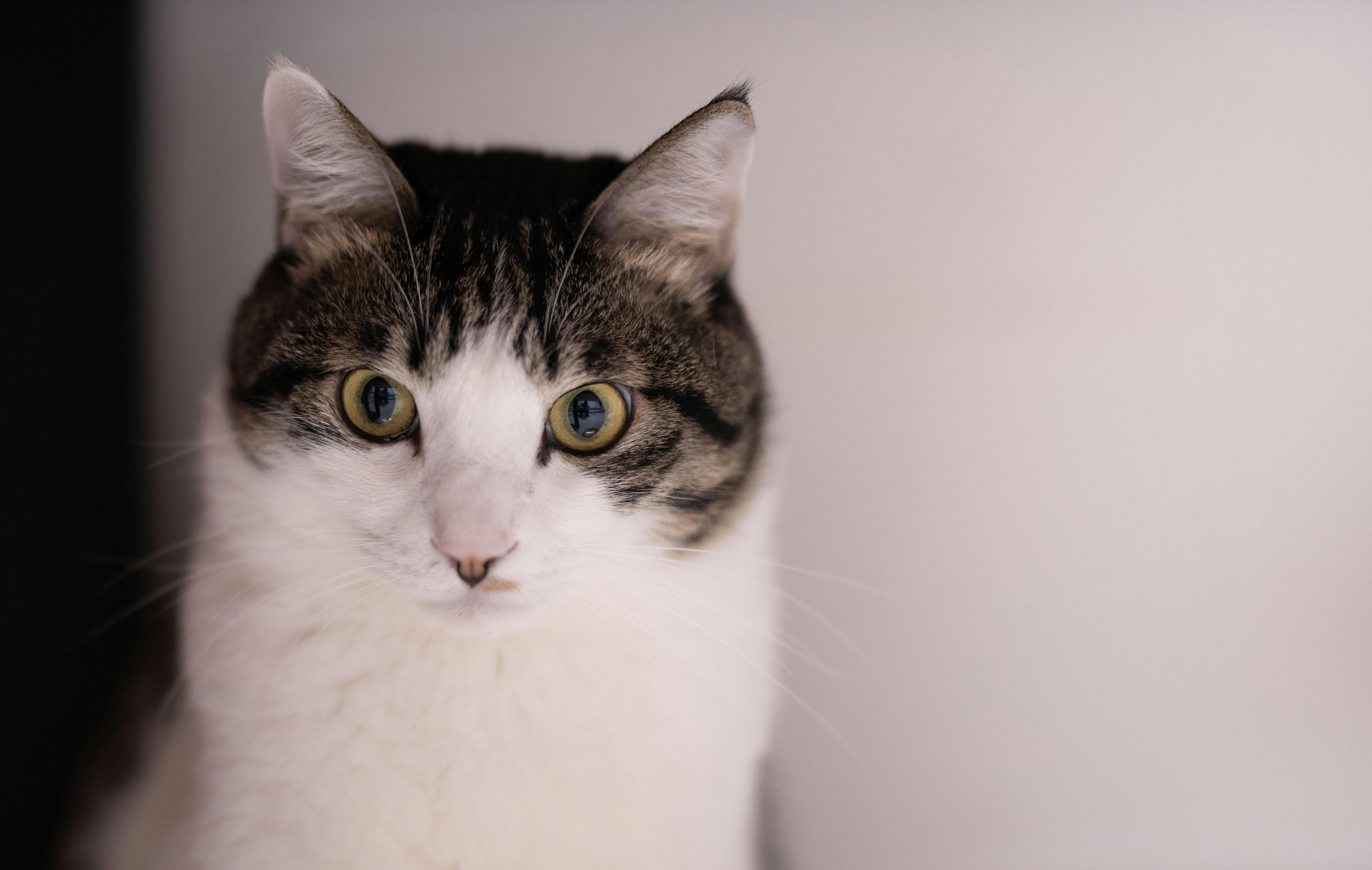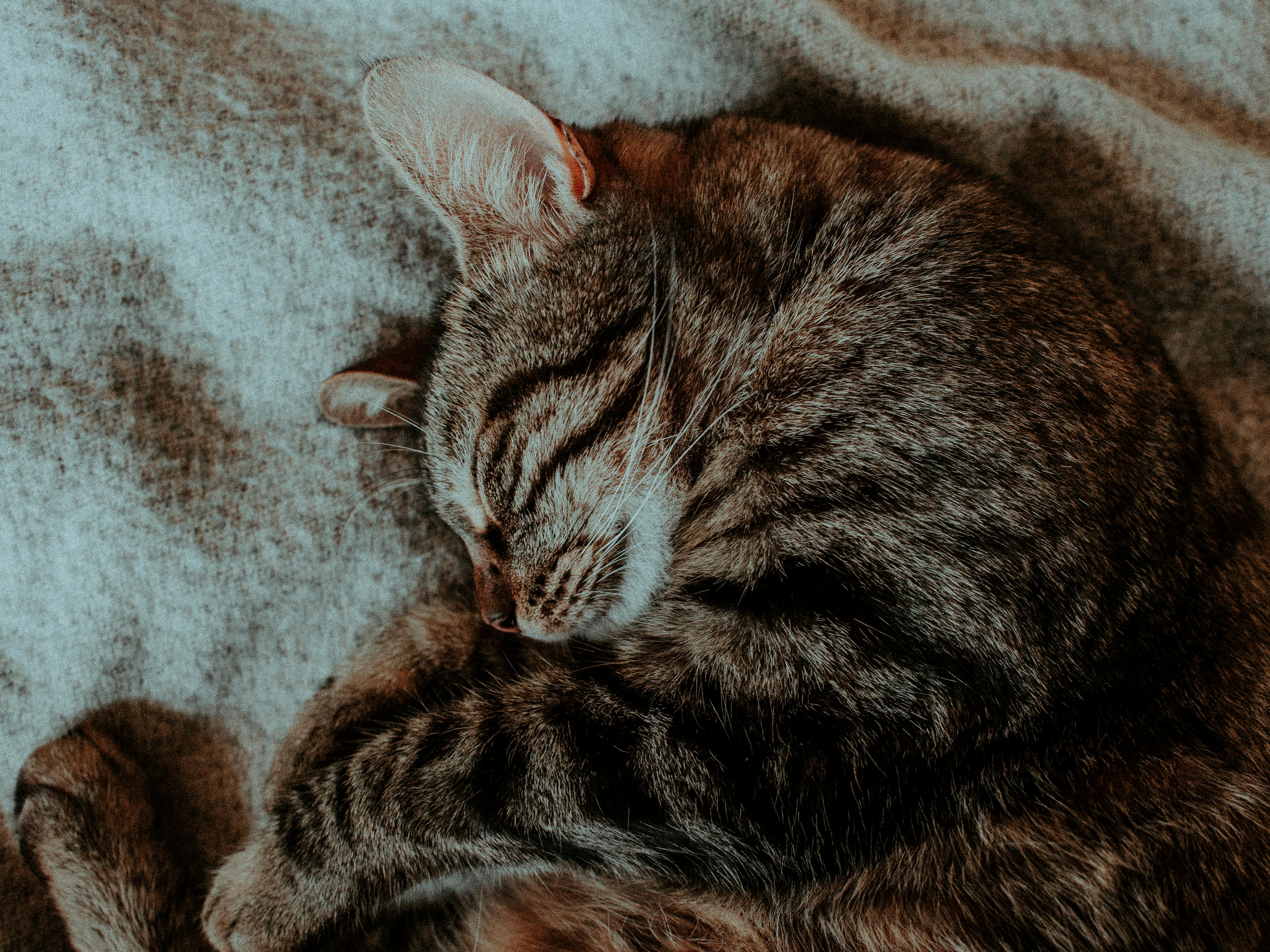Genetics of German Shepherd Coat Colors
With regard to the coat colors of the GSD and the German Shepherd, the SV breed standard specifically states: “The color of the GSD itself is not important and has no effect on the character of the dog or its fitness to breed.” the job and should be secondary. consideration for that reason. The final color of a young dog can only be determined when the outer coat has developed.”
Of all the undesirable things to try to eliminate and consider in a GSD (also known as an Alsatian), coat color should be at the bottom of the list. A good pigment should be sought out, but many factors such as health and temperament, to name a few, should be far more important than coat colour, which should always be subordinate to build, gait, type and appearance. character, and should never take precedence over work. dog skill. The color of the eyes must be dark and the pigment of the nose must also be black.
Regarding the coat, the SV breed standard states the following: “The GSD with normal (standard) coat should have a thick undercoat and the outer coat should be as dense as possible, made up of straight, hard, closely packed hairs. The hair on the head and ears, forelegs, paws and toes is short On the neck it is longer and thicker, forming a slight ruff in some males The hair grows longer on the back of the legs to the pastern and the stifle, and forms rather thick pants at the hindquarters. There is no hard or fast rule for hair length, but short mole-like layers are flawed.” “No good dog is a bad color” — Max von Stephanitz (founder of the dog breed) on coat colors.
Ask anyone to describe a German Shepherd Dog and they will almost always mention “saddle” markings. It is also possible for the GSD to be a solid color, such as black (solid white is considered a conformation disqualification for display in the AKC) or sable. Sable coat colors are easily identified by individual multi-colored hairs all over the body. Sable GSDs may also be masked by dark or black hairs.
Alsatian coat color patterns may include any of the following: black and tan, black and red, black and cream, solid black, solid white (considered a conformation disqualification), sable (also called agouti or wolf gray, in various colorations), black and silver, liver (rare – conformational defect) and blue (rare – considered a conformational defect).
A richer pigmentation, color wise, is preferred. While I won’t delve into the science of genetics (feel free to do it on your own if you’re interested), just know that liver color is the result of matching recessives in the black series and blue color is the result. of paired recessives in the dilution series.
Coat colors and heredity in GSD are very complex and controlled by several sets of genes. What follows is a very brief description and summary of the various series of genes in the GSD responsible for color based on information from “The German Shepherd Dog: A Genetic History” and “Practical Genetics for Dog Breeders”, both by Malcolm Willis . Both books should be considered required reading for any serious hobbyist and, more importantly, for breeders. Another suggested resource is “The German Shepherd Today” by Winifred Strickland and James “Jimmy” Moses.
THE AGUTI SERIES
The basic body color of the GSD is controlled by genes. The order of dominance of coat colors is as follows: golden sable, gray sable, black and tan saddle mark, bicolor* black and tan (bicolor is when the dog only has cinnamon on the legs and face, no on the body), and black.
Also, know that the black gene is recessive to all other colors in GSD. Solid Black German Shepherds crossed with Solid Black German Shepherds will only produce black. Sable colors are dominant over the other colors and patterns of the breed.
THE BLACK SERIES
This gene controls the formation of black pigment in GSD, not hair color. The order of dominance of the German Shepherd’s coat colors is exactly as follows: black pigment which includes the nose, eyelids and pads; Liver-colored carrier; Liver color: black brown colors, brown nose, eye rims and pads.
Note: Most GSDs are considered pigment black, including nose, eyelids, and footpads.
THE WHITE SERIES
The white coat color on the German Shepherd is recessive to all other colors. In order to get a white coat color in the German Shepherd, both parents must be carriers of the white gene (either they are white themselves or carriers). The order of dominance is as follows: melanin is produced. (GSD standard colors have this); partial albinism (not seen); White coat with dark eyes and nose (not albino); Yellowish coat collar (proposed).
THE COLOR SERIES
This controls the intensity of the non-black coloration. The order of dominance is as follows: Lightest tan (cream); Intermediate tan (tan); Darker tan (red).
The intensity of the color series determines whether colored GSDs (ie, all-black or all-white non-recessive) will be black and cream, black and tan, or black and red.
Coat lengths in GSD
The Short-Coated German Shepherd maintains a short coat, which lies close to the body. These dogs do not usually have undercoat.
“Plush” coated GSDs have a medium-length coat with a thin, fluffy undercoat. These dogs do not have feathers like in long-haired GSDs.
Longhaired German Shepherds have much longer fur around the ears, on the back of the legs, chest, and tail (feathers) than other German Shepherds.
THE DILUTION SERIES
This controls how intense the black pigment will appear on your German Shepherd. The order of dominance is as follows: Dense pigment; blue dilution.
The black pigment combined with the blue dilution will produce a blue-coated German Shepherd that appears to have a dusty or mealy sheen.
THE MASK SERIES
This controls whether or not a mask appears on your German Shepherd. dark cloak without mask; Brindle (rare, will look like stripes on the legs); light tan
All of these genes together determine your German Shepherd’s coat colors.




